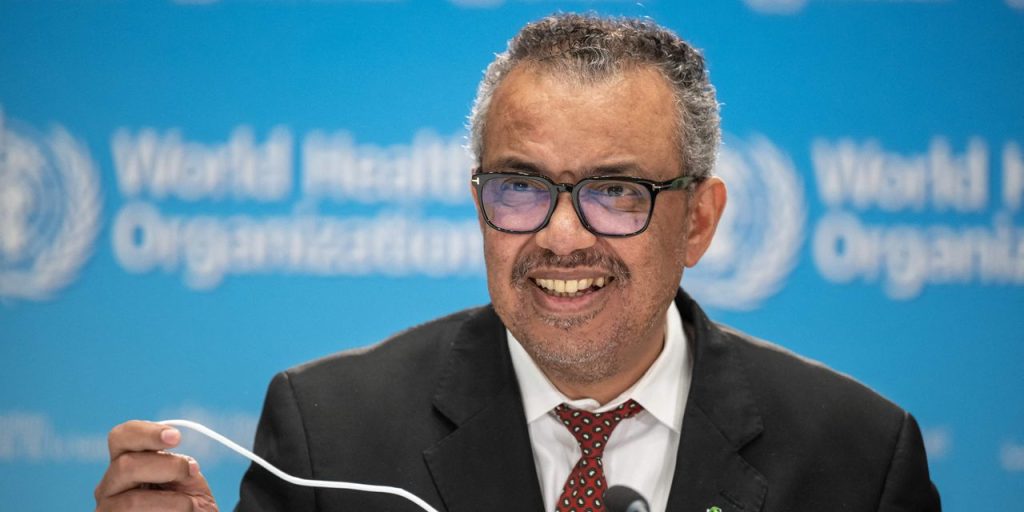The COVID-19 pandemic is definitively over, according to two recent reports focused on the same metric.
That metric is excess deaths, a measure of the difference between the number of deaths that occurred through the pandemic years, beginning in March 2020, and the number that would be expected in a nonpandemic year, based on data from earlier years.
At the peak of the pandemic, U.S. deaths were at times more than 40% in excess of monthly norms, according to the Human Mortality Database, as shown in the chart below.
But in the past few months that number has fallen so much it’s showing that fewer Americans died in, for example, March 2023 than would be expected in a typical March.
A separate report from the Centers for Disease Control and Prevention found that the excess-deaths metric was below 1% in the week through June 17. The reports were first highlighted by the New York Times this week.
None of this means that COVID-19 has gone away, however. The illness is expected to be with us forever, much like seasonal flu, but the efficacy of vaccines and the natural immunity that has been built up through infections have made it much less frequent and severe.
Some 81.4% of those living in the U.S. have now had at least one vaccine shot, according to the CDC. And while there were 106 deaths recorded as being from COVID-19 in the week through July 8, that’s only about 1% of overall daily deaths and may include people who tested positive for the virus when they died but whose death was actually caused by something else.
Either way, the number of COVID deaths is now so low that it’s difficult to even track in the official death numbers.
The World Health Organization’s latest weekly update found more than 836,000 COVID cases and more than 4,500 deaths reported globally in the 28-day period through July 16.
As of that date, more than 768 million confirmed cases have been recorded and more than 6.9 million deaths reported globally, numbers that illustrate the toll of the pandemic.
The WHO cautions that while the public health emergency of international concern was declared to be over on May 5, COVID remains a major threat.
“WHO continues to urge governments to maintain, not dismantle, their established COVID-19 infrastructure. It is crucial to sustain surveillance and reporting, variant tracking, early clinical care provision, administration of vaccine boosters to high-risk groups, improvements in ventilation, and regular communication,” the agency said in its update.
From the archives (May 2023): As COVID public health emergency ends, ‘whack-a-mole’ virus won’t be easy to track
Read the full article here















